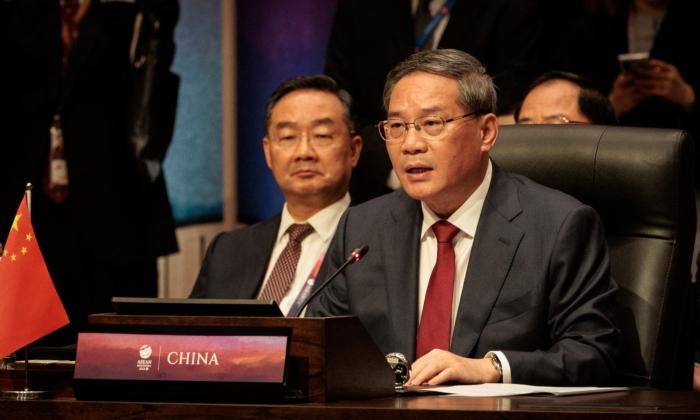The Hong Kong protests have continued for four months and show no signs of abating. Instead, more and more local residents have joined the protests, amid growing police brutality.
Change in Tactics
While Hong Kong’s Chief Executive Carrie Lam claimed that she would listen to the people’s concerns and even held a community dialogue in late September, the Hong Kong police increased the use of force since Oct. 1, the 70th founding anniversary of the Chinese Communist regime.On that day, the police fired 1,407 rounds of tear gas, 923 rubber bullets, 230 sponge grenades, 192 bean bags, and six live rounds. Two teenagers were wounded by the live rounds.
In an interview with the Hong Kong bureau of The Epoch Times on Oct. 10, Lau noted that the enhanced use of police force actually began Sept. 29, when protesters and their supporters around the world held multi-city “anti-authoritarianism” rallies and mass parades.
“Hong Kong police fired tear gas frantically even before the parade started. It indicates they have changed their tactics to quell protests,” Lau said. “The new scheme is to use the most extreme method to attack the weakest people, to achieve the effect of intimidation.”
In other words, the police are no longer concerned that their extreme violence will be captured by the media. On the contrary, they want social media and TV stations to spread the footage, so that the public will be afraid to continue the protests, Lau added.
Emergency Law More Serious Than Mask Ban
Lam announced Oct. 4 that she would invoke a colonial-era emergency law to ban face masks in an attempt to quell months of mass protests. Protesters immediately organized a march in defiance of the ban.However, Lau believes the key issue is that Lam invoked the Emergency Ordinance.
Hong Kong May Become the Next Xinjiang
As early as five years ago, when the Umbrella Movement was still in the planning stage, officials from the Hong Kong Security Bureau and Hong Kong police went to China’s Xinjiang region every year to learn about anti-riot and anti-terror strategies from Chinese police.Lau predicted two years ago that Xinjiang’s anti-riot tactics would be used in Hong Kong, including high-tech methods such as facial recognition, big data, and CCTV surveillance.
In addition, he thinks a special anti-riot police force is working with the Hong Kong police in dealing with the protesters.
Counter-Terrorism Tactic Doomed to Fail
Hong Kong police have arrested more than 2,100 protesters since June, but the demonstrators have persevered, and Lau says that’s why Xinjiang’s anti-terrorism tactics won’t work in Hong Kong.Hong Kong Protesters Target the CCP
Hong Kong protesters are now turning their anger toward the Chinese Communist Party (CCP). Banners that read, “Heaven will eliminate the Chinese Communist Party,” can be seen in many places.Lau says that since Lam is viewed as a puppet leader, it’s natural that protesters are now targeting the CCP.
“Let me tell you how we [Hongkongers] feel in the past four months. We feel strongly that the Hong Kong government does not serve the Hong Kong people, because it is controlled by the Chinese communist regime, a foreign power. And this foreign power is persecuting local citizens,” Lau said.
He added that youths in Hong Kong are willing to sacrifice their studies, future, and even their own lives, because they have endured suppression and suffering together while fighting for freedom.
“You will understand their feelings if you have met with soldiers who have fought at the front line. It is a feeling of sorrow and outrage. These protesters are really willing to sacrifice themselves for Hong Kong,“ he said. ”The more the authorities suppress them, the more they will resist. The authorities think that they are intimidating the protesters, but in fact, it’s having the opposite effect. Despite the arrests and injuries endured by protesters, they will never retreat. If the government chooses to continue to use force, it will turn into a vicious cycle.”



